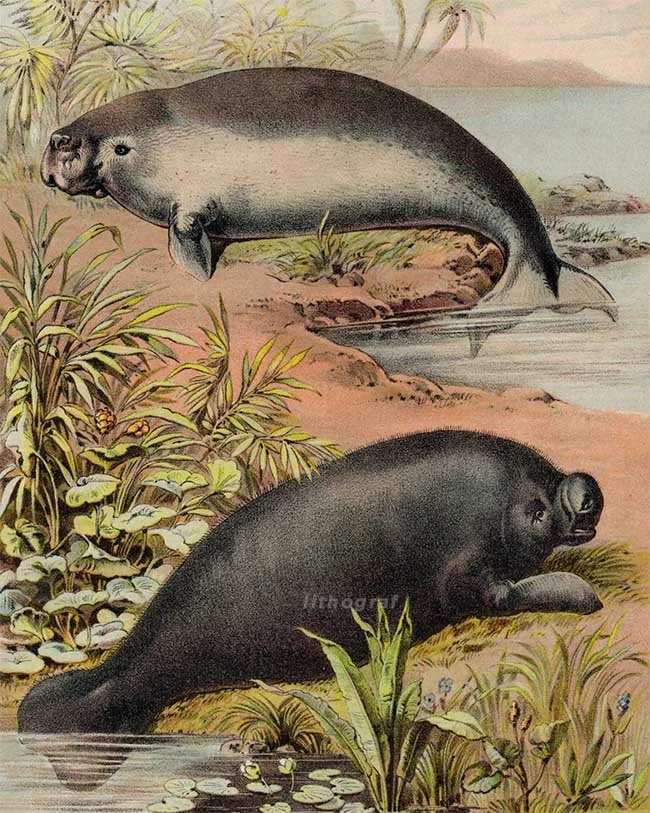Prints for Children in the 19th Century
The prints featured in 19th-century children's literature offer a fascinating glimpse into the lives and imaginations of young people during this period. From maritime and military scenes to depictions of animals, nature, and children at play, these illustrations were designed to delight and educate young readers.
The 19th century saw a significant rise in the production of children's literature, driven in part by advances in printing technology. Lithography, in particular, allowed for the mass production of colorful and intricate illustrations, which became a hallmark of children's books during this period. These illustrations, often in the form of art plates, were designed to delight and captivate young readers, sparking their imaginations and fostering a love of reading.
In this blog post, we'll explore the fascinating world of 19th-century prints for children, examining the various themes, styles, and techniques that defined this genre. From maritime and military scenes to depictions of animals, nature, and children at play, these prints offer a unique window into the lives and imaginations of young people during this period.
The Rise of Children's Literature
The early 19th century saw a growing recognition of the importance of children's literature. As education became more widespread and literacy rates improved, there was an increasing demand for books that catered specifically to young readers. Publishers responded by producing a wide range of children's books, from fairy tales and nursery rhymes to adventure stories and educational texts.
These books often featured illustrations, which played a crucial role in capturing the imaginations of young readers. The development of lithography in the early 19th century made it possible to mass-produce high-quality illustrations, which were then bound into books.
Maritime and Military Scenes
One popular theme in 19th-century children's literature was maritime and military scenes. These illustrations often depicted dramatic battles, brave sailors, and majestic ships. The plates were typically colored, with bold lines and vibrant hues that brought the scenes to life.
Books like "The Naval History of England" (1822) and "The Young Sailor" (1833) featured illustrations of naval battles, shipwrecks, and other maritime adventures. These images were designed to inspire young readers, fostering a sense of patriotism and adventure.
Animals and Nature
Another popular theme in 19th-century children's literature was animals and nature. Illustrations of animals, often in their natural habitats, were a staple of many children's books. These images were not only educational but also delightful, featuring colorful and intricate details that brought the natural world to life.
Books like "The Menagerie" (1824) and "The Natural History of Animals" (1834) featured illustrations of animals from around the world, from majestic lions and elephants to playful monkeys and penguins. These images were designed to educate and entertain young readers, fostering a love of nature and the animal kingdom.
Children at Play
In addition to maritime, military, and natural history themes, 19th-century children's literature also featured illustrations of children at play. These images often depicted idyllic scenes of childhood, with children playing games, flying kites, or simply enjoying the outdoors.
Books like "The Children's Picture Book" (1825) and "The Juvenile Scrap Book" (1832) featured illustrations of children at play, often in beautifully rendered landscapes. These images were designed to delight young readers, offering a glimpse into a world of imagination and play.
Artistic Styles and Techniques
The illustrations in 19th-century children's literature were characterized by a range of artistic styles and techniques. Many illustrations were produced using lithography, which allowed for the mass production of high-quality images. Other techniques, such as wood engraving and copperplate printing, were also used.
The artistic styles of the time were influenced by a range of factors, including Romanticism, the Industrial Revolution, and the rise of nationalism. Many illustrations featured bold lines, vibrant colors, and intricate details, which were designed to capture the imaginations of young readers.
As we look back on these prints, we're reminded of the power of imagination and the importance of fostering a love of reading in young people. The prints of 19th-century children's literature continue to captivate audiences today, offering a unique window into the past and a testament to the enduring power of art and imagination.
Sources:





